Atari Gold RGB Scart Cable
Atari ST and Atari 7800 (Secam RGB) Gold RGB Scart Cable.
source: hardwarebook.info ebay coolnovelties.co.uk
Atari ST and Atari 7800 (Secam RGB) Gold RGB Scart Cable.
source: hardwarebook.info ebay coolnovelties.co.uk
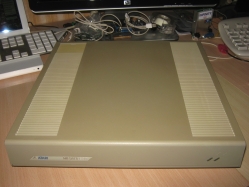
Autopsy:
The Megafile series (produced by Atari) is based on RLL (MFM) Hard Disk, the MFM technology today has become obsolete.
The system includes the Hard Disk (Seagate ST-157R), controller RLL (MFM) 32D5321 and the power supply. The Megafile was connected to the host through the door ACSI, ACSI is Atari’s proprietary hard drive connector. It is similar to SCSI which was standardized later, but not directly compatible.
The other door instead allows you to connect other devices (eg. other Megafile).
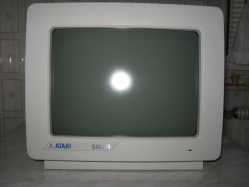
Autopsy:
The Atari SM-124 is a high-resolution monochrome monitor designed to be used with the ST series of computers. It is capable of 640×400 resolution at 72Hz in black and white and has a very sharp picture, though the actual viewing area onscreen is quite small, a large black border of about .5 inches or more surrounding the entire screen.
For serious work on the ST, including MIDI sequencing, telecomunications, word processing, etc. the SM-124 is a much nicer monitor than it’s color counterpart
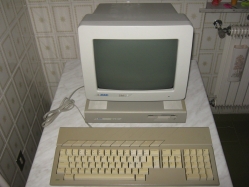
Autopsy:
The Mega ST was Atari’s first major enhancement to the ST line of computers. With 1MB or 4MB memory (expandable with add-on cards), built in BLITTER graphics chip, and MegaBUS expansion Slot all packaged into a nice clean pizza-box case the ST line of computers received a boost in power, expandability and professional looks.
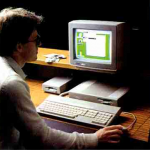 Atari was moving forward in the right direction. Also introduced along with the Mega ST line was Atari’s direction into the desktop publishing field.
Atari was moving forward in the right direction. Also introduced along with the Mega ST line was Atari’s direction into the desktop publishing field.
Atari introduced the SLM804 Laser Printer which attached to the Atari DMA interface port and also the desktop publishing package. Also introduced was the Atari Megafile hard drive system to add stackable harddrive modules onto the Mega ST.
Autopsy:
You can see the review of the Super Com 60 here
It’s a famous famiclone and it will play famicom (nes) games. It’s compatible with JAP/USA cartridges without regional lockout chip (CIC). The console comes with 72 games included.
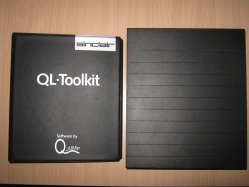
Autopsy:
This is the program QL Toolkit for the Sinclair QL home computer written by Tony Tebby (the author of the QDOS and SMSQ/e operating systems) and published by Sinclair on their Silver Label.
QL Toolkit offered a lot of facilities which Tony had originally devised for the original QL QDOS operating system, but which were never released. It included commands to control jobs, improvements to SAVE and COPY commands, wildcard file handling, and much more.
It also contains a host of example SuperBASIC programs on the microdrive cartridges. It was later to become Toolkit II (or Super Toolkit) which was recognised as the standard toolkit upgrade to the Sinclair QL Home Computer.
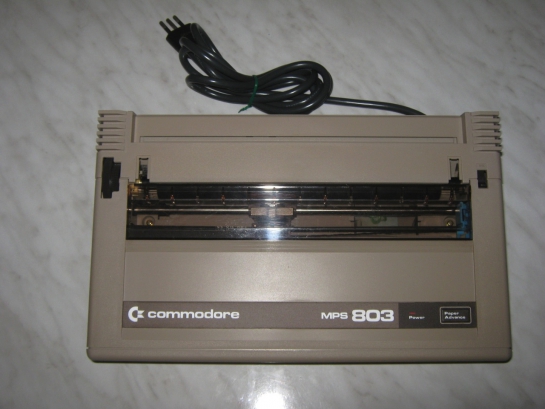
Autopsy:
This printer was surely an inexpensive ploy on consumers. Out of the box, you got a slow dot-matrix printer that did not have true decenders, and did not have the standard tractor-feed mechanism for using the printer paper of its day.
For an additional price, you could get: a ROM with true-decenders and the tractor-feed mechanism.
Download: Commodore MPS 803 Users Guide (3077)
source: zimmers.net
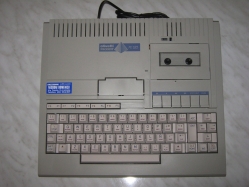
Autopsy:
The Prodest PC-128 was a rebadged and slightly redesigned version of the French Thomson MO6, apart from case design touching up, technical features was the same as the MO6.
The Prodest PC-128 has two versions of BASIC on ROM both made by Microsoft. Almost all memory (101 KB) was accessible with BASIC thanks to a transparent 16 KB bank switching mechanism. An optional 3.5″ floppy disk drive (640 KB) was available. This machine seems having been sold in very small quantity in Italy.
source: old-computers.com
Autopsy:
The MPS 1270 was the first ink jet printer Commodore released, as part of its MPS series. The MPS 1270A had both a Centronics port and a serial bus port. This allowed it to be used by a Commodore computer ( C64 , C128 , etc.) as well as a PC or Amiga.
Note:
Download: Dip Switches MPS 1270 (2400)
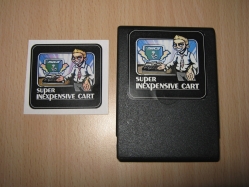
Autopsy:
The Sic!Cart (Super Inexpensive Cart) is a low price Flash Cartridge System for the Atari XL/XE series computers.
Sic!Cart available configurations:
source: atariage.com
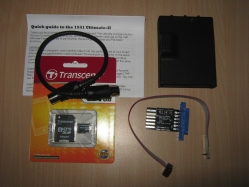
Autopsy:
The 1541 Ultimate-II is a peripheral developed for the Commodore 64 (C64) by Gideon Zweijtzer.
It’s a C64 compatible cartridge that carries an Action Replay, The Final Cartridge III, Super Snapshot, Retro Replay or TurboAss with Codenet support (whatever the user prefers) and a fully compatible FPGA-emulated Commodore 1541 floppy drive that is fed from a built-in Mini SD card slot with C64-compatible files (e.g. .D64 diskimages or .PRG single program files).
The difference between 1541 Ultimate-II and other SD-based & .D64 mounting cartridges (like the MMC64, Super Snapshot 2007, or MMC Replay, SD2IEC) is that the 6502 microprocessor that powers the 1541 floppy and the 1541′s mechanical behavior (even sound) is fully emulated, making it theoretically compatible with almost anything.
File selection and management is done via a third button on the cartridge that brings up a new menu on screen.
For the full features list click here.
source: 1541ultimate.net ar.c64.org
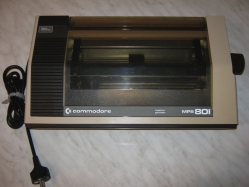
Autopsy:
Note: This is my first printer.
from c64-wiki.com:
The Commodore MPS 801 was a Matrix-Printer (Stylus-Printer) from Commodore released in the year 1984. MPS stands for Matrix Printer System, an invention from Commodore.
The Commodore MPS-801 was one of the first Printers offered by Commodore for its home computers. The printer used fan-fold paper via a paper tractor. The print resolution was a 6×7 Matrix at 10 chars/inch. The printing speed was about 50 chars per second.
Because of its 7-pin print head, character descenders couldn’t be created with the MPS 801. This was later made possible through some software tricks. The printer only supports unidirectional printing (i.e. it is only printing when the print head moves from left to right). On the way back to the left, the print head was inactive, which made the printer very slow, compared to later models. The interface to the computer was a serial IEEE-488, the serial bus for the C64.
The printer was not developed and produced by Commodore. The MPS-801 was produced by the Japanese company Seikosha, a subsidiary of the clock manufacturer Seiko (the same model there was named Seikosha GP 500 VC). At that time, Seikosha was one of the largest printer manufacturers in the world and was also manufacturing printers for Atari, such as the Atari 1029 printer.
Apart from the complete ASCII-charset the 801 could also print all Commodore graphic characters and reverse characters were possible. In addition to text and special glyphs the printer was capable of printing graphics.
For manual paper-handling there was a mechanical handwheel on the right side of the printer. Additionally a membrane key was provided for incremental linefeed.
source: c64-wiki.com
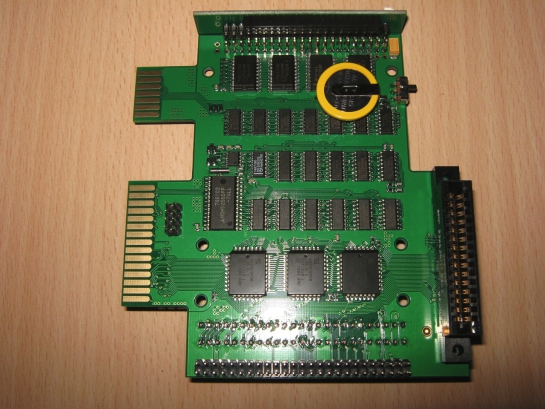
Autopsy:
IDE Plus 2.0 is a new IDE host adapter by Simius for Atari (XE/XL) computer.
Some features:
source: atariage.com
I have found a Commodore 64 / 1541 Floppy Drive and a C16 Datassette in the trash.
The Floppy Drive was very dirty but in good working state, while the Commodore 64 was faulty (black screen with tiny raster effect). I have replaced the video chip (MOS 6569) and is back to run better than never.
Recent Comments